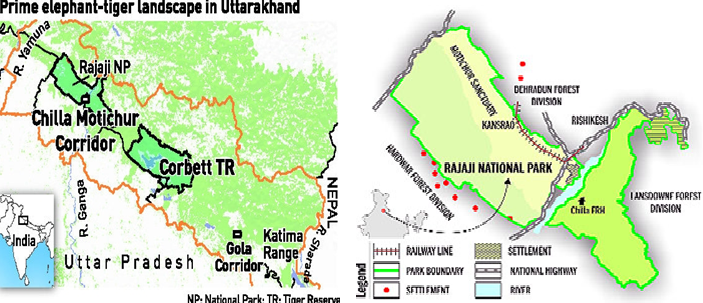7667766266
enquiry@shankarias.in
Why in news?
The Conservation Assured | Tiger Standards (CA|TS) recently published a report titled 'Safe Havens for Wild Tigers'.
What is the report on?
What are the key findings?
What are the concerns?
What are the accredited sites?

What does it call for?
Source: Business Line, Indian Express
Quick Facts
Conservation Assured | Tiger Standards (CA|TS)
St Petersburg Declaration
Tiger Range Countries